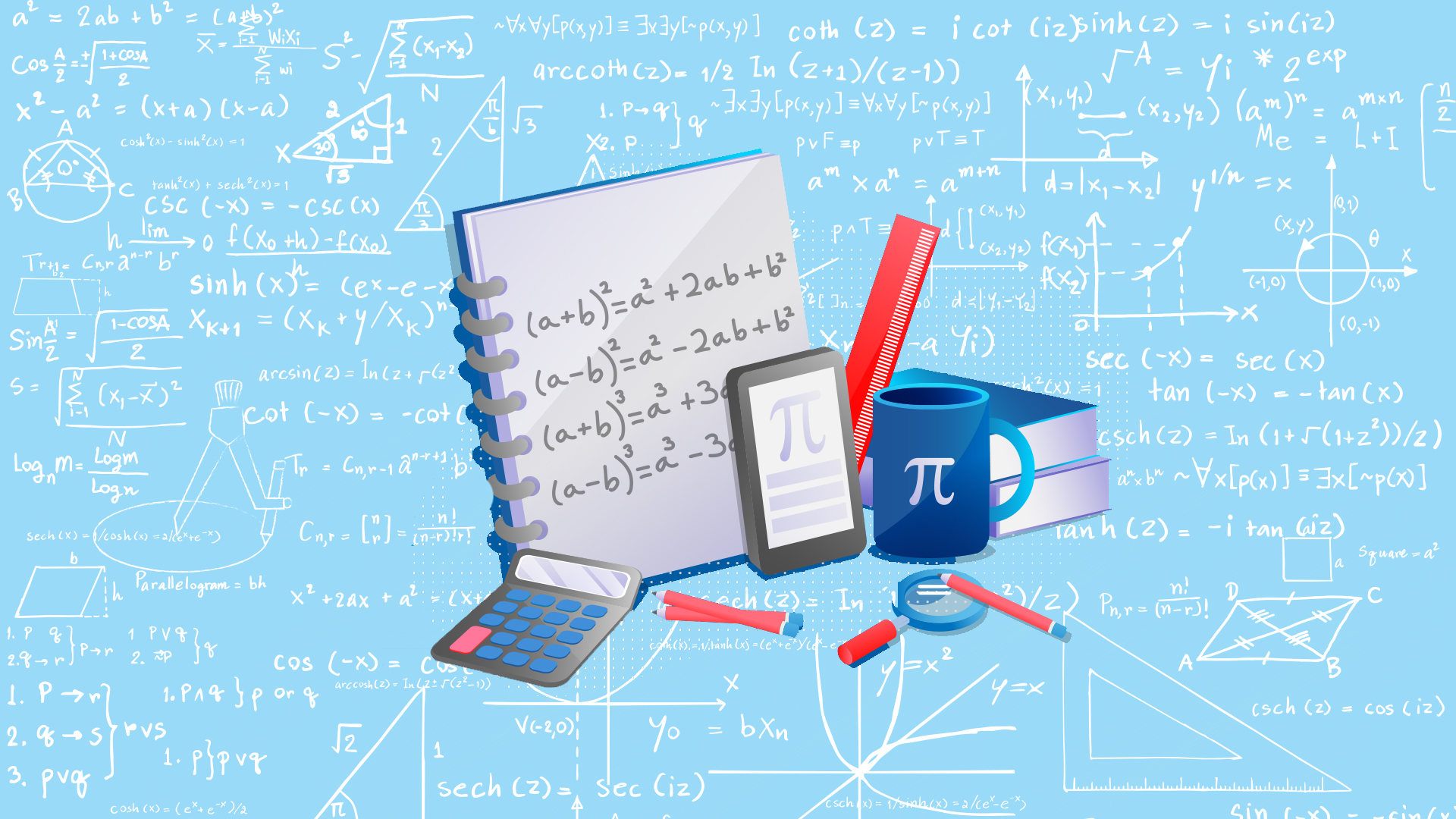Principles of Mathematics,Grade 9,De-streamed (2021) (MPM1D)


-
Name:Principles of Mathematics,Grade 9,De-streamed (2021) (MPM1D)
-
Grade:Grade 9th
-
Prereq:None
-
Code:MPM1D
-
Type:Academic
-
Credit Value:1
-
Develop Date:2021-05-01
-
Course Price:CAD $1300
-
Status:Active
Course Description:
This course enables students to develop an understanding of mathematical concepts related to algebra, analytic geometry, and measurement and geometry through investigation, the effective use of technology, and abstract reasoning. Students will investigate relationships, which they will then generalize as equations of lines, and determine the connections between different representations of a linear relation. They will also explore relationships that emerge from the measurement of three-dimensional figures and two-dimensional shapes. Students will reason mathematically and communicate their thinking as they solve multi-step problems.
Aims and Objectives:
- Determine the basic properties of quadratic relations.
- Relate transformations of the graph of y = x^2 to the algebraic representation.
- Solve quadratic equations and interpret the solutions with respect to the corresponding relations.
- Solve problems involving quadratic relations.
- Model and solve problems involving the intersection of two straight lines.
- Solve problems using analytic geometry involving properties of lines and line segments.
- Verify geometric properties of triangles and quadrilaterals, using analytic geometry.
- Use their knowledge of ratio and proportion to investigate similar triangles and solve problems related to similarity.
- Solve problems involving right triangles, using the primary trigonometric ratios and the Pythagorean Theorem.
- Solve problems involving acute triangles, using the sine law and the cosine law.
Expectations:
- Number Concepts and Operations
By the end of this course, students will:
- Learn different types of number system along with their specifications respectively.
- Interpret various types of operations applying for these numbers.
- Study exponents and prove laws of exponents.
- Expressions, Equations and Graphs
By the end of this course, students will:
- Analyze different types of equations like first-degree equations.
- Solving equations usually linear equations and their relationships.
- Polynomial
By the end of this course, students will:
- Define polynomial by having a detailed review and name the types of polynomials.
- Modeling some basic operations on different kinds of polynomials.
- Linear Relations
By the end of this course, students will:
- Discuss characteristics of linear relations and how to solve related problems.
- Exploring direct and partial variation and how to evaluate the slope of a line.
- Surface Area and Volume
By the end of this course, students will:
- Be able to find the area and perimeter of different shapes.
- Be able to find the surface area and volume of different shapes.
- Data Management
By the end of this course, students will:
- Representation of scatterplots and line of best fit on graphs in order to have a visualization of data.
- Be able to conduct data collection and present it in different visual context.
Unit-wise Progression:
|
Unit
|
Title and Subtopics |
|
Unit 1 |
Number Concepts and Operations
-Hours: 18 |
|
Unit 2 |
Expressions, Equations and Graphs
- Hours:18 |
|
Unit 3 |
Polynomial
- Hours: 14 |
|
Mid-Term - Hours: 2 |
|
|
Unit 4 |
Linear Relations
- Hours: 20 |
|
Unit 5 |
Surface Area and Volume
- Hours: 15 |
|
Unit 6 |
Data Management
- Hours: 15 |
|
Culminating Activity – 5 Hours |
|
|
Final Term – 3 Hours |
|
|
Total – Hours 110 |
|
Teaching/Learning Methodologies:
This course supports learning by providing students with opportunities to review and activate prior knowledge (e.g. reviewing concepts related to trigonometry and geometry from prior mathematics courses) in order to gain new skills. The course further leads students toward recognizing opportunities to apply the knowledge they have gained to solve problems. This course models the use of spreadsheet software, TVM spreadsheet, and additional software like Demos® which will allow students to investigate the key concepts of the course Outside the Box. This course connects the concepts taught to real-world applications, such as exponential decay, simple harmonic motion and The Golden Ratio. With the help of examples, practice problems, and solution videos, the course models various ways to demonstrate understanding poses questions that require students to use different representations as they are working at each level of conceptual development - concrete, visual, or symbolic, and allows individual students the time they need to solidify their understanding at each conceptual stage. Through the use of interactive activities (e.g. multiple choice quizzes, and drag-and-drop activities) students receive instantaneous feedback and are able to self-assess their understanding of concepts. A few of the things students will be provided are the following:
- Lesson plans
- PowerPoint presentations
- Videos
- Reading Packs
- Assignment for Learning
- Assessment of Learning
- Quiz
All of these are a cluster of downloadable and embedded files that will be provided to each candidate with the progression of the course.
E-Learning Approach:
E-learning is not only a training method but it is a learning method that is tailored to individuals. It is found that different terminologies have been used to define learning that takes place online which actually makes difficult to develop a generic definition.
E-learning includes the delivery of content via Internet, Intranet, and Extranet, satellite broadcast, audio-video tape, interactive TV and CD-ROM. The term implies that the learner is at a distance from the tutor or instructor, that the learner uses some form of technology.
With attention to this new system of education that is spreading across the globe its imperative that the content of such study programs are enhanced and modified to serve both the learner and the instructor well whilst dealing with the gap of conventional studying methodologies. Thus the courses promise its reader an experience full of engagement, student-concentric approach, personalization and Interaction. Using a wide array of multimedia tools, cloud based LMS and diverse repository of subject tailored audio-visual material that student can utilize and learn in a stimulated work environment where he’s in charge of his work hours.
Our e-learners paddle through these courses in the mediation of skilled mentors to the finish line with understanding of their subjects application into real world problems following a futuristic model of education.
Strategies for Assessment and Evaluation of Student Performance:
Assessment is the ongoing gathering of information related to the individual student’s progress in achieving the curriculum expectations of the course. To guide the student to his/her optimum level of achievement, the teacher provides consistent and detailed feedback and guidance leading to improvement. Strategies may include:
- Diagnostic assessment
- Formative assessment
- Summative assessment
- Performance assessment
- Portfolio assessment
- Rubrics
- Checklists
The final grade will be based on:
|
Weightage in Percentage
|
Categorical Marking Breakdown |
|
35% |
Course Work |
|
20% |
Mid Term |
|
15% |
Culminating Activity |
|
30% |
Final Exam |
|
Assessment of Learning
|
||
|
Student Product |
Observation |
Conversation |
|
Learning Logs (anecdotal) Assignment Pre-tests (scale/rubric) Quizzes (scale/rubric) Rough drafts (rubric) Graphic organizers (scale) Peer feedback (anecdotal/checklist) Reports (rubric) Essays (rubric) Webbing/Mapping (rubric/scale) Vocabulary notebooks (anecdotal) Visual Thinking Networks (rubric) Tests (scale/rubric) Exams
|
Self-proofreading (checklist) Class discussions (anecdotal) Debate (rubric) PowerPoint presentations (rubric) Performance tasks (anecdotal/scale)
|
Student teacher conferences (checklist) Debate (rubric) Peer-feedback (anecdotal) Peer-editing (anecdotal) Oral pre-tests (scale/rubric) Oral quizzes (scale/rubric) Oral tests (scale/rubric) Question and Answer Session (checklist)
|
Resources Required by the Student:
- Microsoft Suite (Word, Excel, Power-point etc.)
- A laptop, or Mac, or Android, or any other operating system functional enough to use the web browser and use online software.
- A non-programmable, non-graphing, scientific calculator
- Curriculum Reference: The Ontario Curriculum, Maths







